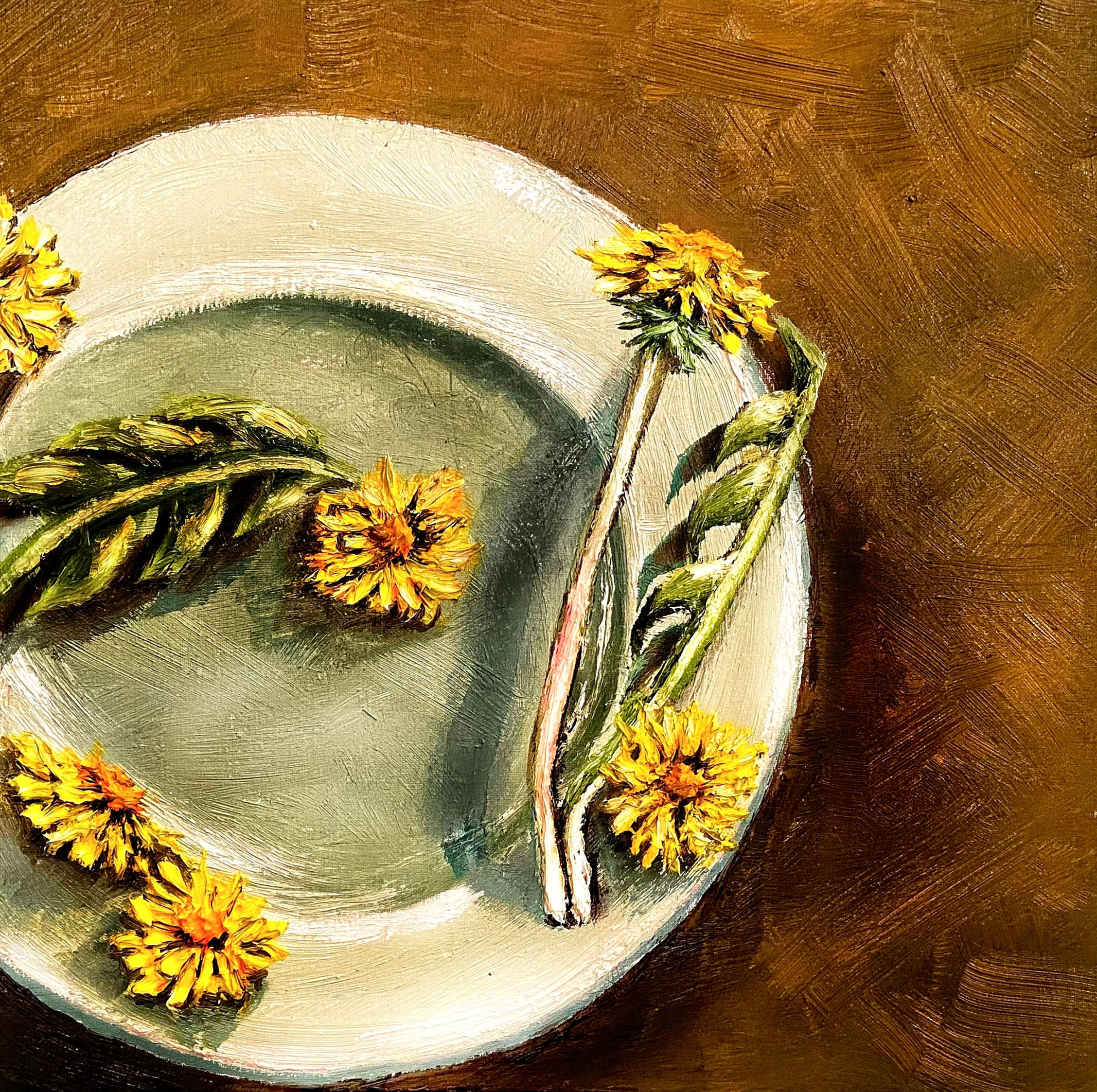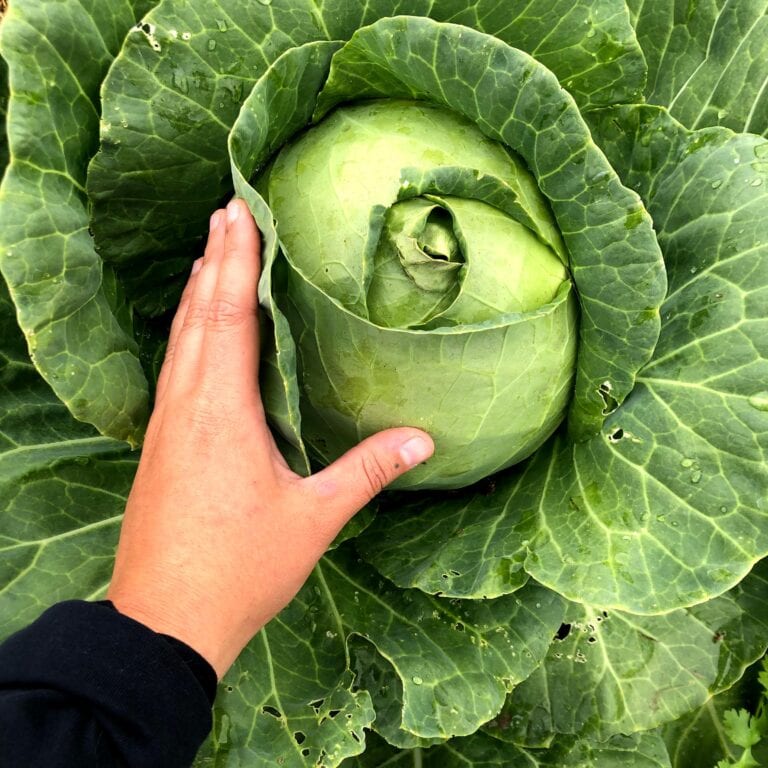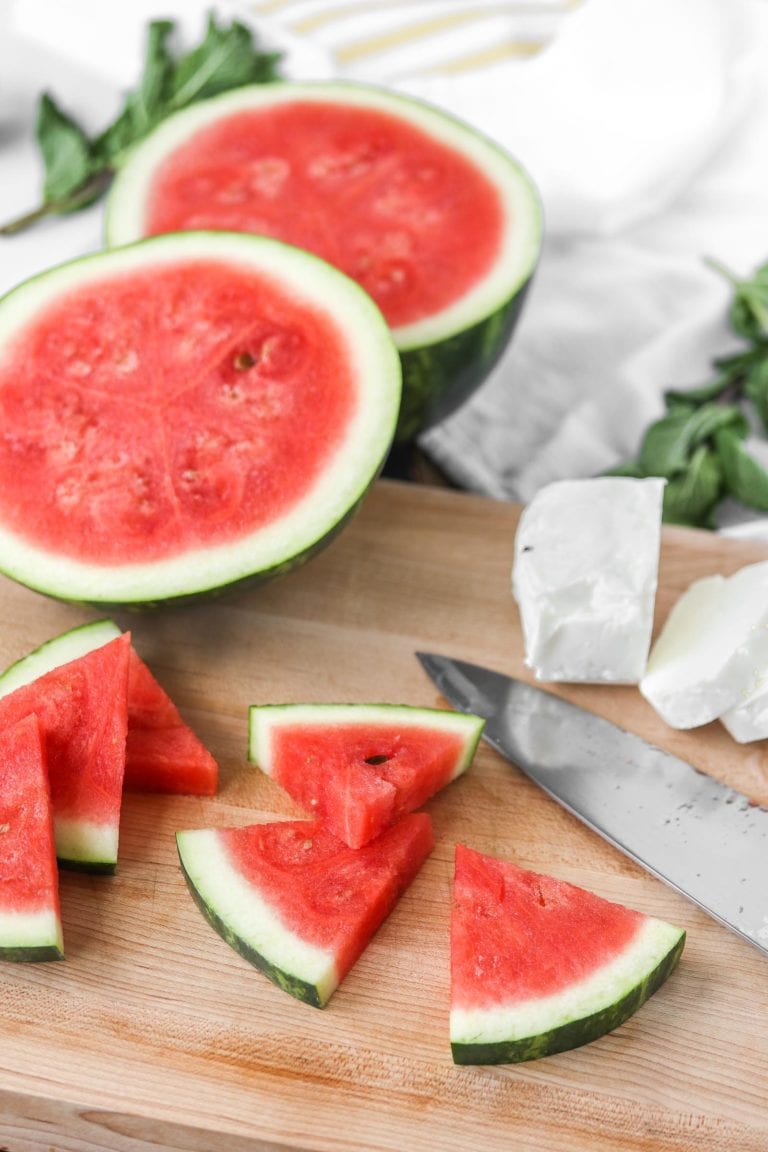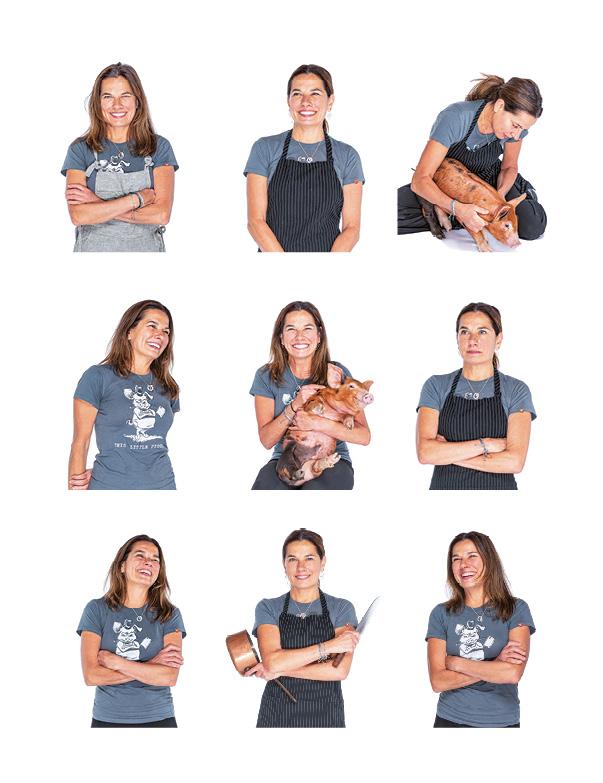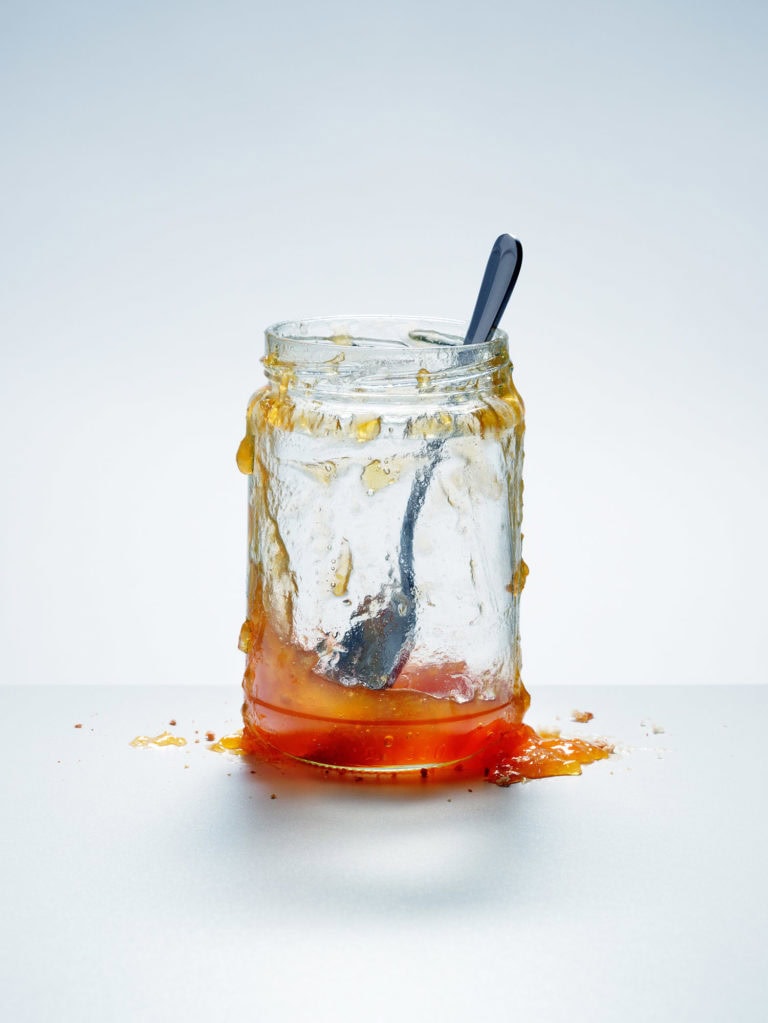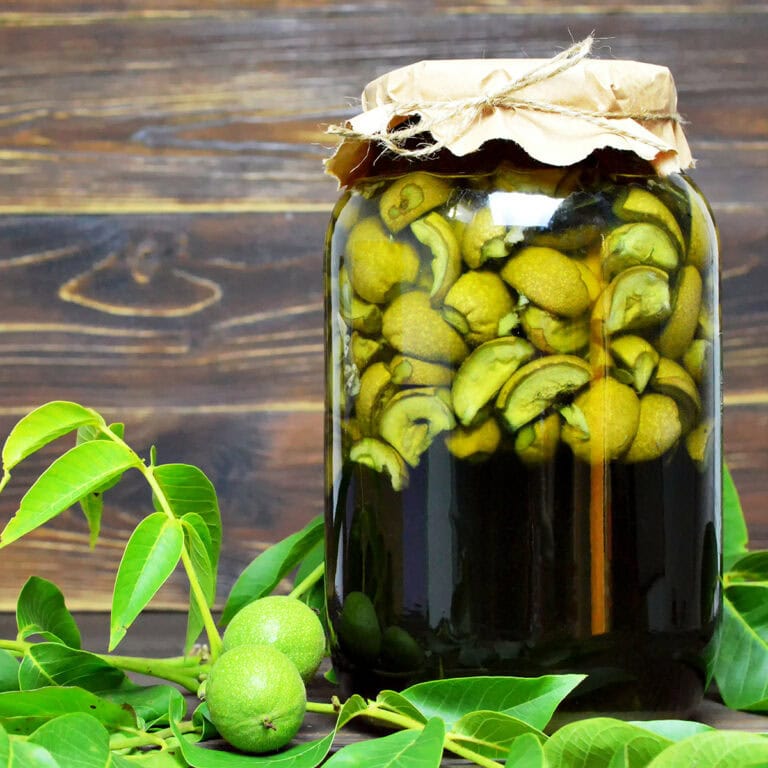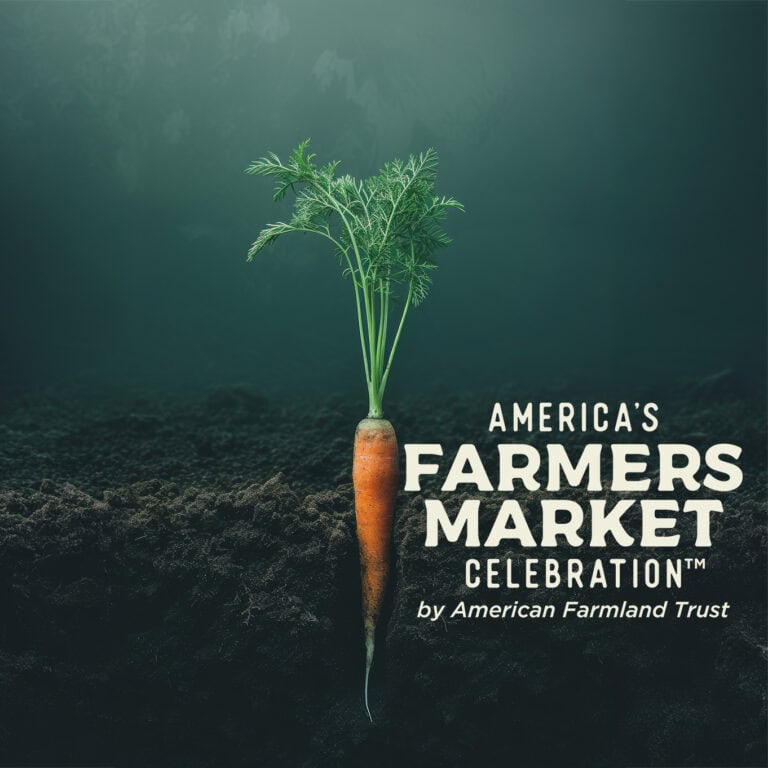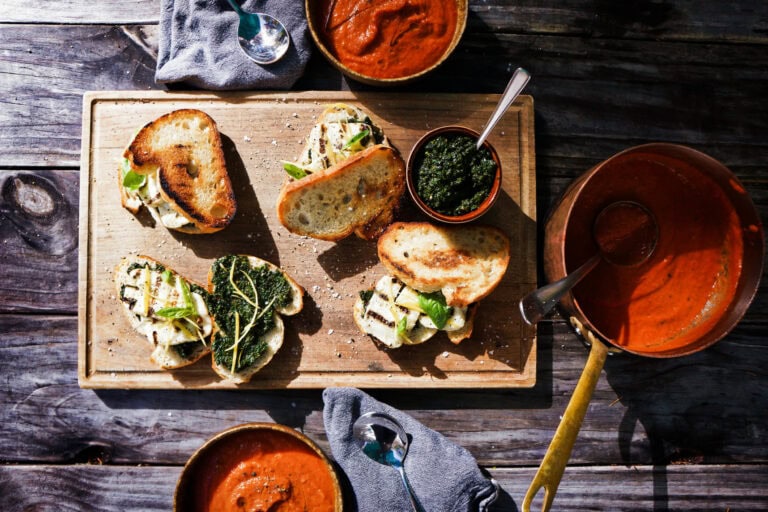“Can I keep it?”
I’m standing in front of a group of wide-eyed eighth graders at Lincoln Middle School in Portland. The crab struggles, desperately searching with its claws to grab something, and either escape or inflict pain.
“What would you do with it?” I ask.
“Feed it to my dog,” one boy answers. One girl, partially hiding behind her friend, cowers behind the teacher when I offer her a crab.
European green crabs get no love. And with good reason.
These crustacean mini-Terminators have menaced the East Coast since their arrival in the ballast of colonial ships more than 200 years ago. They’ve been in Casco Bay since the early1900s. As the waters continue to warm in the Gulf of Maine, these crabs are thriving, and laying waste to vital eelgrass beds as they root out clams, mussels, and oysters for dinner.
I explain this to students as part of a class I teach about sustainable seafood. We talk about different harvest and aquaculture methods and their ecological effects, climate change impacts on marine ecosystems in the Gulf of Maine, and our relationship to seafood as a resource…whether we eat it or not.
Students are shocked when I tell them one green crab can eat up to 40 mussels a day, and that one female can produce 185,000 eggs a year.
“Want to know why the price of fried clams has skyrocketed in the past 10–20 years?” I ask, holding up a squirming female loaded with eggs.
Green crabs eat the seafood we eat, they destroy the habitat for that seafood, and worse still, they have few natural predators to control their populations. I want these students to understand how invasive species alter ecosystem balance.
The European green crab is the poster child.
“Can we eat them?” one student asks.
“Glad you asked,” I say, and then explain some of the important discussions from last year’s Green Crab Summit held in Portland. We heard from scientists, chefs and harvesters about ways to commercialize green crabs as human food.
Green crabs are small, with little meat inside, so the effort just to harvest the meat often dissuades chefs. But the Green Crab R&D Project has been working to accurately determine when a crab is going to molt, shedding its shell to grow a new one. That soft-shell phase is what Italian harvesters and chefs have perfected and turned into a delicacy consumer market that provides both revenue to fishermen and pest control.
Mary Parks is executive director of the Green Crab R&D Project. She co-authored (with Thanh Thái, author of the Green Crab Café blog) the just-released Green Crab Cookbook, full of enticing recipes that turn us humans into pest control. You’ll see everything from sweet potato and Mazanetta (crab roe) crab cakes to Bún Riêu, a Vietnamese crab noodle soup.
Researchers here have spent years on solutions, working with Venetian fishermen and chefs to learn how to create markets for soft-shell crabs and better identify when a green crab is about to molt. One clue: The whitish gray line separating joints on the underbelly starts to gain a shadow as the joints begin to separate. It’s often hard to tell, but Parks says we’re close to better timing the soft-shell phase, which peaks in July and August in Maine.
Parks hopes to create sales channels in Portland, Portsmouth, and Boston in the next year, connecting fishermen, processors (who clean and prepare the crabs for distribution), and restaurants. The goal is to develop strong demand for soft-shell green crabs, similar to the large market for soft-shell blue crabs in the South.
So the next time you’re at the beach, head to a tide pool and turn over a rock. If you see a green crab (five points on either side of its eyes), you have a choice.
Grab a few and make a stock (as Chef Ali Waks Adams, a caterer and popup chef in Brunswick, does her recipe on page x), or check out the Green Crab Cookbook. Eat the invasives, and help stop a pest.
—Colles Stowell is president of One Fish Foundation, a 501(c)3 non-profit that brings the sustainable seafood message into classrooms (from elementary through college) and communities. For more information, visit onefishfoundation.org.







